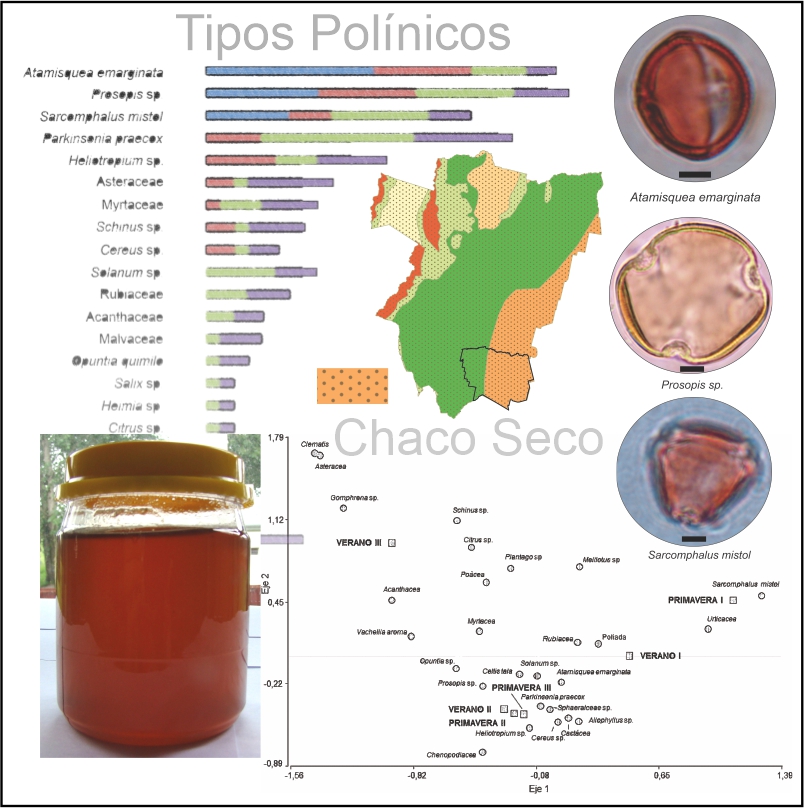Palynological characterization of honey from a sector of the Chaco region of the province of Tucuman (Argentina)
DOI:
https://doi.org/10.31055/1851.2372.v54.n3.25360Keywords:
honey, melisopalinology, region chaqueña, TucumánAbstract
Background and aims: Argentina is among the leading producers and exporters of honey worldwide. Export mainly in bulk. To improve competitiveness, it launched a traceability system and quality regulations, based on the knowledge of the composition and availability of resources that allow differentiating honey by their geographical and botanical origin, data provided by the melisopalinological studies. The Chaco ecoregion and its apicultural capacity are the subject of many of these studies. In Tucumán, the Graneros Department located in this ecoregion, is promoted as a provider of beekeeping resources although the history of botanical and geographical characterization of honey is scarce. The objective of this work is the palynological characterization of honey, present in the Department Graneros of the Province of Tucumán.
M&M: Honey samples from 3 inter-annual beekeeping campaigns were qualitatively analyzed. The present pollen morphotypes and frequency classes were determined. Data were compared by correspondence analysis.
Results: A total of 54 morphological types were identified, 14 at a specific level, 25 generic and 15 family. Of these 11 were classified as very frequent, 10 frequent, 9 infrequent and the remaining rare. 76% of the samples are monofloral, of which 46% are from Atamisquea emarginata, 31% from Sarcomphalus mistol and 23% from Prosopis sp.
Conclusions: The interannual analysis of the honey from the Graneros Department (Tucumán), it helps to expand knowledge about the nectariferous resources of a sector of the Chaco Seco.
Downloads

Published
How to Cite
Issue
Section
License
Provides immediate and free OPEN ACCESS to its content under the principle of making research freely available to the public, which fosters a greater exchange of global knowledge, allowing authors to maintain their copyright without restrictions.
Material published in Bol. Soc. Argent. Bot. is distributed under a Creative Commons Attribution-NonCommercial-ShareAlike 4.0 International license.








